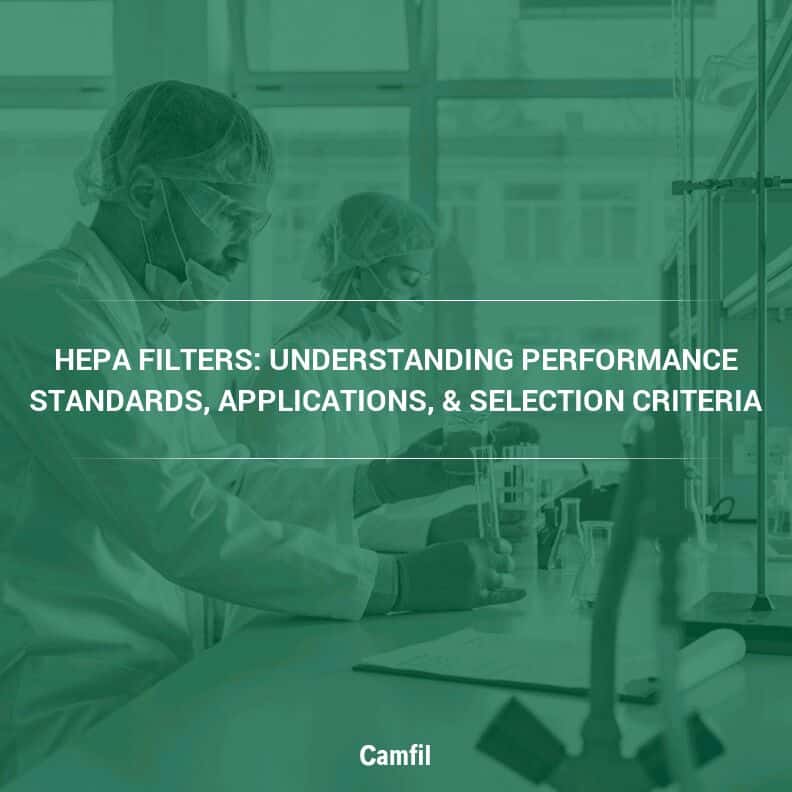
HEPA Filters: Understanding Performance Standards, Applications, and Selection Criteria
High-Efficiency Particulate Air (HEPA) filters represent a critical component in maintaining controlled environments across healthcare, pharmaceutical, laboratory, and industrial applications. Understanding the technical specifications, testing standards, and proper application of HEPA filtration technology is essential for facilities requiring precise air quality control and regulatory compliance.
Defining HEPA Filter Performance Standards
HEPA filters are defined by their ability to remove a high percentage of very small particles. Depending on the test standard used, HEPA filters can remove a minimum of 99.97% of particles as small as 0.3 microns in size. Other standards identify the particle most difficult to capture (Most Penetrating Particle Size, aka MPPS) and define a HEPA as a filter that removes a minimum of 99.95% of MPPS, typically 0.1 – 0.2 microns in size. These test standards distinguish HEPA filters from lower-efficiency filtration technologies and ensure consistent performance across applications requiring the highest levels of particulate removal.
Classification Systems and International Standards
HEPA filter classification varies by geographic region and application requirements. In North America, most HEPA filters are tested under IEST-RP-CC001, which classifies filters into one of eleven different levels of filtration efficiency based on a particular particle size, from 99.97% up to 99.9999%.
Two other test standards are commonly used elsewhere:...
Read Full Story: https://cleanair.camfil.us/2025/09/22/hepa-filters-understanding-performance-standards-applications-and-selection-criteria/
Your content is great. However, if any of the content contained herein violates any rights of yours, including those of copyright, please contact us immediately by e-mail at media[@]kissrpr.com.